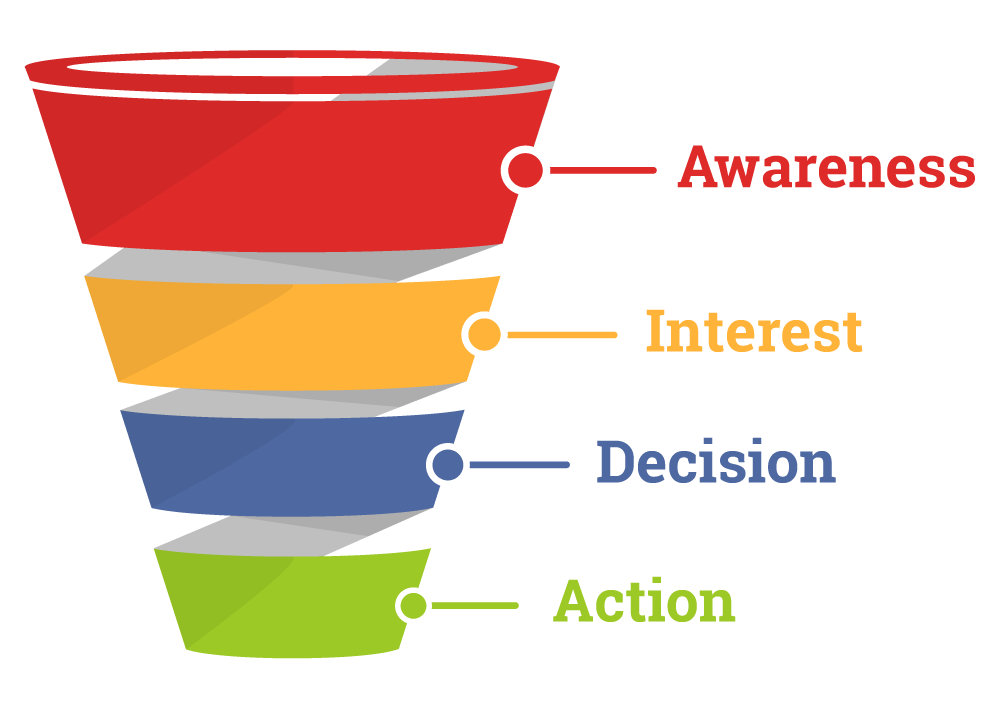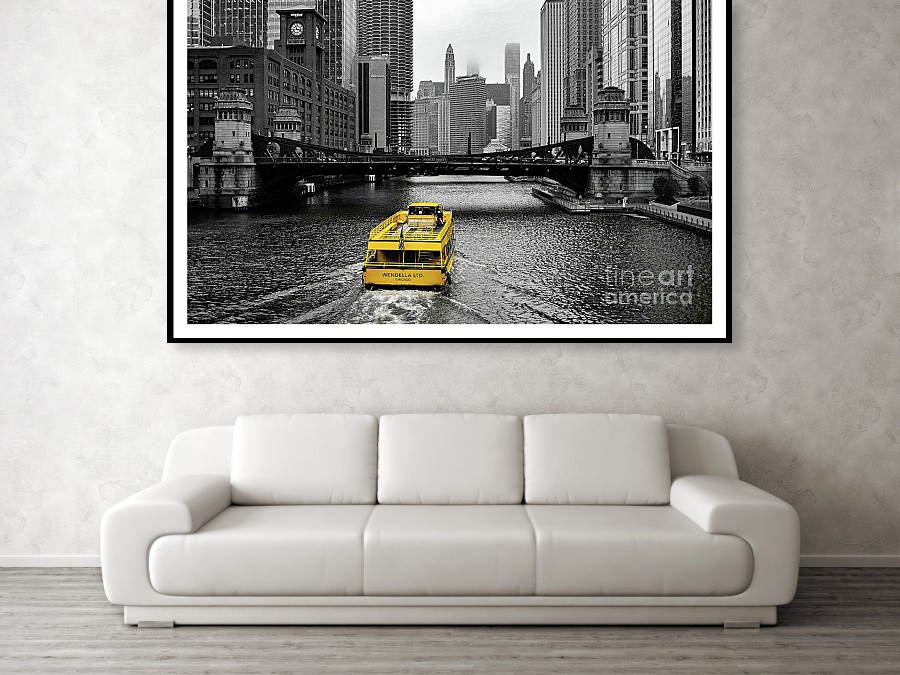Getting more people to see your artwork and hopefully purchase it
Art does not sell within a vacuum. And art can’t be purchased without first being seen. The more people who see your work, the more potential your artwork will be sold.
How do you get more people to see your work?
Are all viewers equal?
How do you generate organic traffic?
What is organic traffic?
In totality there are lots of ways for people to see your work:
- Gallery visits
- Art festivals
- Galleries
- Museums
- Magazines
- Newspapers
- On the street
- On the Internet
Online there are two main ways to generate “traffic” the generic and cold term for website visitors (i.e. people who might buy your work). Offline at retail space this “traffic” might be referred to as foot traffic.
The presence and movement of people walking around in a particular space. Foot traffic is important to many types of businesses, particularly retail establishments, as higher foot traffic can lead to higher sales. Strategies businesses can use to increase their foot traffic include holding grand openings and other promotional events such as demonstrations, giveaways, sales and charitable fundraisers.
First the terms: organic traffic vs. paid traffic:
Organic traffic generally refers to non-paid traffic, so includes traffic from:
- Search engines like Google, Bing and Yahoo.
- Social media sites like Twitter, Facebook and Pinterest.
- Referral traffic from other sites – visitors arriving at your site after clicking on a link on another website.
- Direct traffic – someone typing in your URL into a browser.
- Blogs – links from blogs describing your process or artwork
- News – links from press releases, news articles and other press about your work.
- YouTube – referrals and links from your YouTube or Vimeo videos.
Such traffic is all achieved organically, rather than through a source of advertising or paid promotion of some kind.
On the other hand…
Paid traffic is where you are spending money to attract those visitors to your website. This might include:
- Using paid listings on search engines.
- Paying to promote your content/link on social media sites like Facebook and Twitter and give it a much wider audience.
- Showing ads on other sites around the net, usually using an ad network like Google’s Display Ads within Adwords.
- Visitors arriving at your site because of an affiliate program you run, i.e. incentives others to link through to your site in return for monetary compensation of some kind, usually either on a sale or some other user action after they arrive.
“Ninety percent of selling is conviction, and 10 per cent is persuasion.”
– Shiv Khera
Not All Traffic Is Created Equal
Of course, not all traffic is created equal. Consider the value of a targeted mailing to active art buyers vs. a mailing to the general public. Or the value of a person walking into a high-end gallery in NYC vs. someone walk into the decor section at Pier One. Two different buyers with vastly different sales potential and people who will most likely be attuned to a different sale pitch.
The expectations of the person walking into a high-end art gallery are different than the Pier One customer. The gallery patron is expecting artwork of a certain quality and price point, as is the random Pier One customer. The Pier One customer is not expecting one-of-a-kind work or a one-of-a-kind artwork price point. While the gallery patron is looking for something exclusive and perhaps something that will be of investment-grade artwork.
But compare this to someone who simply wandered into each store randomly as they were looking to have their shoes shined. They weren’t looking for artwork to buy and they might not even appreciate the artwork. And besides, they only have $20 in their pocket to get their shoes shined and perhaps pick up a newspaper and cup of coffee.
It would take a heck of a lot more salesmanship to sell some art to this random person.
Creating Targeted Traffic
This is why you want to create targeted traffic to your artwork. Targeted means you are messaging people who are in the market for what you are selling. You can do this in two ways. One – push messages at people who have been identified as members of your target market – usually this can only be done via demographics such as sex, age, income etc.
Art magazines are a good example of an advertising environment that includes a rich targeted audience for artwork messaging. But you will also get a lot of people within that audience who are other artists trying to sell their own stuff. In the magazine world, they call this “concentration” and sell advertising based on this concentrated audience. For example, they might show audience stats to a gallery showing that “30 percent of readers have purchased art in the past year” or something.
But this type of traffic has several drawbacks:
- It costs money
- It depends on the effectiveness of your advertising material
- You never really know if the traffic you are paying for matches your artwork.
- There is a lot of fake traffic – bots, third world country click farms.
“Salesmanship is limitless. Our very living is selling. We are all salespeople.” – James Cash Penney Organic Traffic: Striking Gold
Self-selected, organic traffic is the gold standard of web traffic. People who discover your artwork on their own, from their own explorations.
Your job as an artist, small business person, entrepreneur, art marketer and art salesperson is to create material that will attract people and potential buyers to your artwork.
Ideas for generating organic traffic to your artwork:
- Create YouTube videos showing your process
- Describe your process, motivation,
- Announce shows, openings, new series, sales
- Use social media – everything and anything – Facebook, Google+, Instagram – engage your audience and build a following.
- Teach and give workshops
- Send out postcards and news articles.
- Write blog entries and promote your ideas.
“If you take a print magazine with a million person circulation, and a blog with a devout readership of 1 million, for the purpose of selling anything that can be sold online, the blog is infinitely more powerful, because it’s only a click away.” – Timothy Ferriss
Build a funnel to channel organic traffic to your artwork

The goal is to use every avenue you can think of to attract potential customers to your artwork where hopefully they will fall in love with it and purchase a print or product.
- Increase awareness of you, your brand, your artwork. Make sure potential buyers understand that your work is for sale.
- Create interest in your work by letting your follows behind the scenes so they can see how you create your work. Show our process.
- Help potential buyers purchase our work by explaining the various products available so they can make a decision.
- Lastly have an easy-to-use method of completing the sales transactions.
How I became a successful selling artist
I sell regularly on Fine Art America but it took me many years of building up an audience and filling the funnel to get to this point. Filling the funnel can take years before it starts paying off. The good news is most people give up after a few months so for those who stick to it, you’ll reap the benefits.
Here are some of my funnel filling venues:
Granted you need high-quality work that people want to buy. That is the first step. But after that, you need to get people to see it. Good luck!
Suggested further reading:
